Homeowners today have an understanding of plumbing systems and the significance of knowing "how to turn off water to toilets" is increasingly recognized as essential rather than just a regular chore; its about promoting sustainability and preparedness, for unforeseen events like emergencies or routine maintenance tasks that can prevent water damage and contribute positively to the environment by conserving thousands of gallons of water and avoiding costly repairs.Join us at HOROW to discover insights, into environmentally friendly plumbing solutions.
Importance of Understanding the Water Supply System
Understanding the details of your homes water system is essential, for protecting your living environment and maintaining the functionality of household appliances such, as the toilet by having the ability to manage water flow to prevent problems and lower repair expenses. And it can also help you find the solution of "how to turn off water to toilets".
Identify and Fix Problems Quickly
Understanding how your water supply system operates can assist you in identifying issues and addressing them proactively to prevent potential problems such, as leaks or malfunctioned valves that could lead to both time and financial losses, in the long run.
Save Money on Repairs
It's crucial to understand how your water system functions to maintain it properly and avoid issues. By identifying problems, on and taking action promptly you can save money by preventing repairs and avoiding higher water bills due, to leaks.
Conserve Water
It's crucial to keep up with maintaining a water supply system because it helps prevent water wastage by identifying and fixing leaks or inefficient water flow to preserve water resources and cut down on costs, for the environment and your household budget.
Components of the Water Supply System
In your houses plumbing system plays a role, in regulating the flow of water to the toilet. Comprising the water pipeline along with the shut off valve and supply tube connected to the fill valve. Each component is essential, for maintaining optimal plumbing functionality within your home. And this is also help to find the solution of " how to turn off water to toilets".
Main Water Supply Line
The primary water line brings water into your house from the citys water supply system/your well. Distributes pressurized water to every plumbing fixture in your home, like toilets, sinks and showers.
Shut-Off Valve
The shut off valve regulates the water flow, in your plumbing system enabling you to halt the water supply during emergencies or maintenance tasks usually positioned close, to the water line entrance or near fixtures.
Supply Tube
The supply line is a tube that links the shut off valve to the toilet or other fixtures transporting water from the shut off valve to the toilet fill valve to replenish the tank after every flush.
Fill Valve
The fill valves job is to replenish the water in the toilet tank once its been flushed out working alongside the float mechanism to regulate the water level and halt the flow when it reaches the level.
Flush Valve
When you push the handle of the toilet tank it opens the valve and lets water go into the toilet bowl to flush it out.
When You Should Shut Off Water to Your Toilet
Understanding how to turn off water to toilets is crucial, for homeowners.It's essential to be aware of when to shut off the water valve in a toilet.This practice can help you save money and avoid damage, to your property.
Performing Repairs
When you have to do maintenance or fix the toilet make sure to turn off the water supply. This will stop any water flow during the repair work. Prevent any flooding or bathroom damage, from happening.

Addressing Leaks
If you spot any leaks, near the bottom or joints of the toilet bowl area make sure to turn off the water. This will stop water from leaking out. Give you the chance to repair the issue without wasting water unnecessarily.
Bathroom Renovations
When doing renovations, in the bathroom area it's important to turn off the water supply to the toilet to avoid any flooding or leaks when doing maintenance, on plumbing fixtures or replacing the toilet.

How to Turn Off Water to Toilets
It's important to remember to shut off the water to your toilet when there are leaks. You need to do repairs since it can prevent water damage and make it easier for homeowners to address common toilet issues effectively; If you don't know "how to turn off water to toilets", read more!
Prepare the Tools
Make sure you've got the tools, like a wrench or pliers before you shut off the water to adjust or disconnect any plumbing parts; this is the first step of the guide about "how to turn off water to toilets".
Locate the Shut-Off Valve
Locate the valve to turn off your toilets water supply; it can usually be found behind the toilet, to the floor. Connected to the supply tube in a round or lever design; this is the second step of the guide about "how to turn off water to toilets".
Turn the Valve Clockwise
To stop the water flow, in the toilets system turn the shut off valve clockwise. Ensure to close the valve by turning it; this is the third step of the guide about "how to turn off water to toilets".
Flush the Remaining Water in the Toilet
Once you turn off the water flow, in the bathroom. Tub faucet valve completely and wait a moment for it to stop running smoothly without any drips or leaks before proceeding with flushing the toilet so that all excess water is expelled from both tank and bowl chambers ensuring they are empty and ready, for any necessary fixes or upkeep tasks; this is the fourth step of the guide about "how to turn off water to toilets".
Verify the Water is Off
After you turn the valve to stop the flow of water into the tank be sure to check that there is no water coming in afterwards.If you notice the tank refilling it could mean the valve isn't fully closed so give it another turn until its completely shut off; this is the fifth step of the guide about "how to turn off water to toilets".
Turn the Water Back On When Needed
After you finish fixing or servicing it as needed turn the valve to the left to get the water running again. Give it time to refill the tank and then check the toilet to make sure everything is functioning correctly; this is the last step of the guide about "how to turn off water to toilets".
Maintenance and Inspection of Toilet Water Valve
Maintaining the functioning of your household plumbing is crucial so be sure to check and maintain the shut off valve, for your toilets water supply to prevent costly repairs and ensure that your plumbing system remains in good working order. If you don't know how to turn off water to toilets, you can read above guide.
Keeping your valves in condition is important, for ensuring a flow of water to your toilet, which helps prevent clogs and leaks that could result in significant water damage if left unnoticed early on.
Regular Inspection of Water Valve
Make sure to inspect the water supply valve for any signs of wear or damage ensuring that it turns smoothly and there are no leaks, around the valve or supply tube so you can catch any potential issues early before they escalate into major problems.
Cleaning of Water Valve
Over a period of time sediment or dirt may build up around the water valve, which could affect its performance. To keep it running smoothly make sure to clean the valve and its surroundings. You can use vinegar or a gentle cleaner to get rid of any buildup. Always be sure to inspect the valve, for corrosion or blockages as these issues can restrict water flow and cause malfunctions.
HOROW Toilets: Elevating Bathroom Efficiency
Many people who own homes are seeking ways to reduce their water usage beginning in the bathroom area. HOROW toilets are, at the forefront of this movement with their models such, as the T37 and T36 which are designed to conserve water while also improving the efficiency of bathrooms. Rather than find the solution about" how to turn off water to toilets", own a advanced toilet is more important.
HOROW T37
 The HOROW T37 is a bidet toilet that blends design, with intelligent technology features such as a bidet function and heated seat to bring convenience and functionality to your bathroom space specifically designed for a 10 inch, in installation.
The HOROW T37 is a bidet toilet that blends design, with intelligent technology features such as a bidet function and heated seat to bring convenience and functionality to your bathroom space specifically designed for a 10 inch, in installation.
HOROW T36
 The HOROW T36 is an modern toilet known as the HOROW T36 Black 12 Inch Rough In Smart Toilet, with Bidet Seat – a prime example of contemporary bathroom design combined with state of the art technology integration.The seats heating feature ensures comfort, in weather and its integrated deodorizer helps maintain an atmosphere by eliminating odours.The HOROW T36 comes equipped with a built in water tank pump that can be easily adjusted to suit any installation environment without the need to fret about water pressure concerns.
The HOROW T36 is an modern toilet known as the HOROW T36 Black 12 Inch Rough In Smart Toilet, with Bidet Seat – a prime example of contemporary bathroom design combined with state of the art technology integration.The seats heating feature ensures comfort, in weather and its integrated deodorizer helps maintain an atmosphere by eliminating odours.The HOROW T36 comes equipped with a built in water tank pump that can be easily adjusted to suit any installation environment without the need to fret about water pressure concerns.
HOROW T30

The affordable HOROW T30 boasts features, for a high tech experience.The T30 Smart Toilet model merges design with eco elements by incorporating a non electric bidet toilet seat for a luxurious and hygienic feel.Designed to fit a 12 inch in space this toilet flaunts an compact design that effortlessly complements any bathroom decor.The non electric bidet seat offers water pressure settings for an experience, without relying on electricity. The close seat and lid are designed to prevent noises and the easy to clean feature ensures that the T30 toilet will last for a long time making it a practical and eco friendly option, for any household.
HOROW T38

The HOROW T38 is a premium option that blends luxury and functionality seamlessly in the T38 Bidet Combo Toilet model ideal, for 12 inch rough ins installation spaces. This state of the art fixture marries the convenience of a high quality toilet with an integrated bidet system to provide an hygienic experience for users. Equipped with a seat and customizable water temperature and pressure settings alongside a self cleaning nozzle for utmost cleanliness maintenance.
Additionally featuring a mood light that illuminates during use, for enhanced visibility while also adding a touch of sophistication to any bathroom setting. Before every flush the T38 wets the bowl slightly to ensure an operation.This minor step improves the efficiency of your flushes. Maintains a bathroom with minimal effort.
Opting for HOROW toilets helps conserve water and enhances the quality of your bathroom space It provides height choices. It is suitable for bathrooms of different sizes HOROW transforms bathrooms into functional and stylish sanctuaries.
FAQ
1. What is the emergency procedure to turn off water to toilets?
To halt the water flow to a toilet promptly, find the shut off valve, usually found at the bottom of the toilet, and turn it clockwise until the water stops flowing.
2. Why is it important to know how to turn off water to toilets?
Knowing how to stop the flow of water is important because it helps prevent water-related damage, saves money on repairs, and promotes water conservation in various circumstances.
3. What are the main components of the toilet water supply system?
The arrangement includes the plumbing system, comprising the water pipe connected to shut off valves and supply tubes that control the water flow to the toilet.
4. When should I shut off the water to my toilet?
Don't forget to shut off the water when fixing leaks or doing renovations to keep the area safe and dry and prevent any accidents from happening.
5. What are the steps for turning off the water supply to my toilet?
Get a wrench or a pair of pliers from your toolbox. Next; find the shut off valve near the floor. Then; turn the valve clockwise to close it. Lastly; flush the toilet to clear out any leftover water.

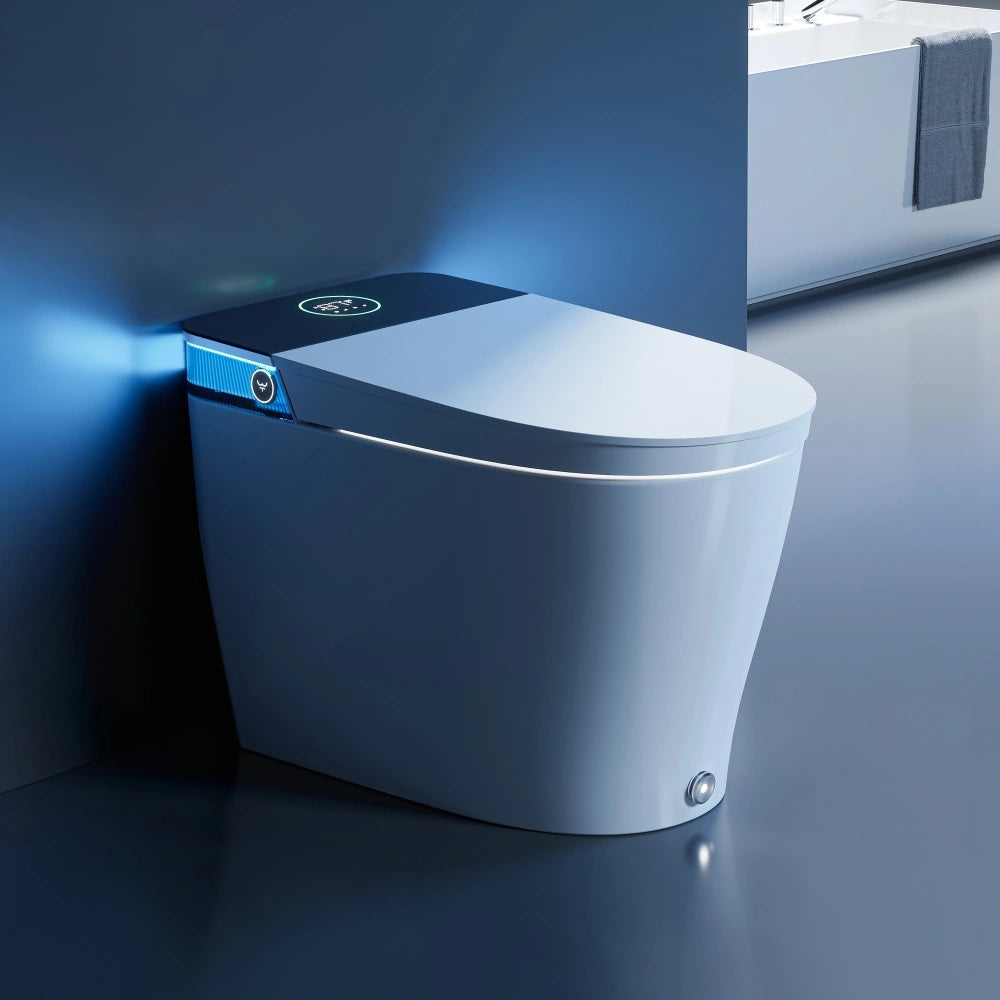
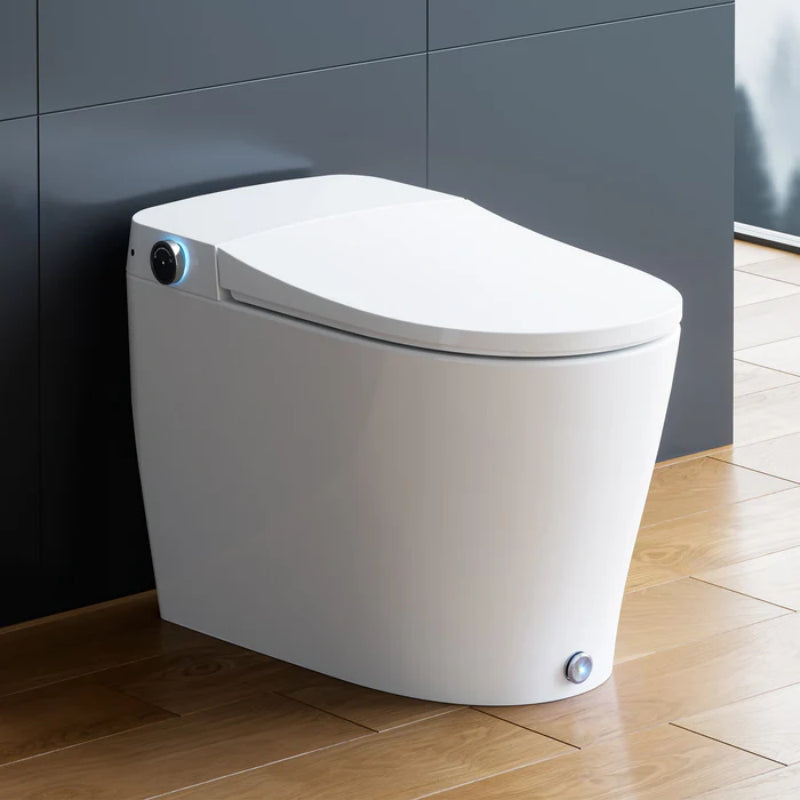
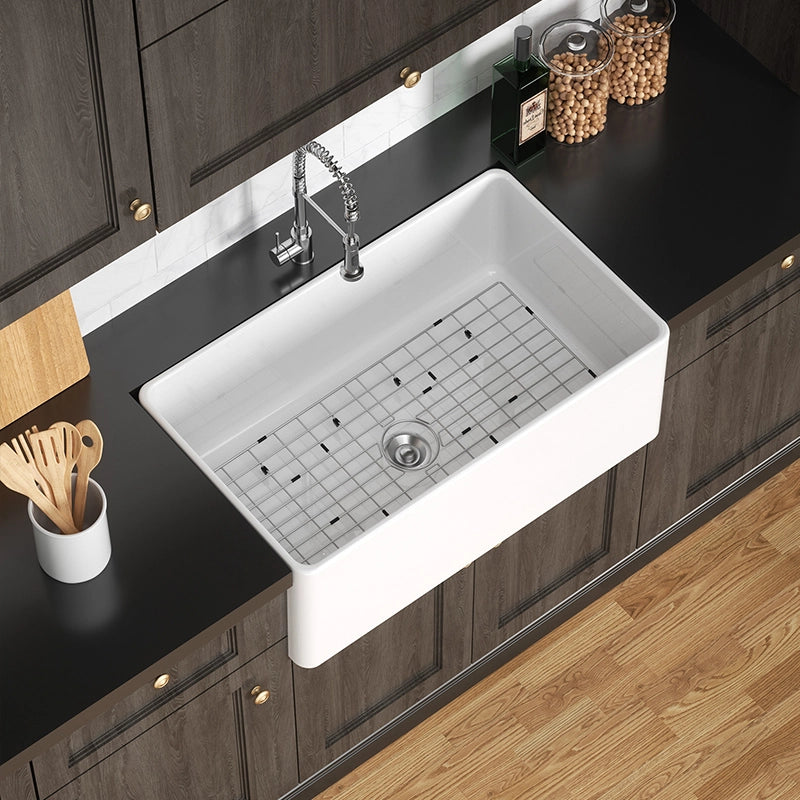
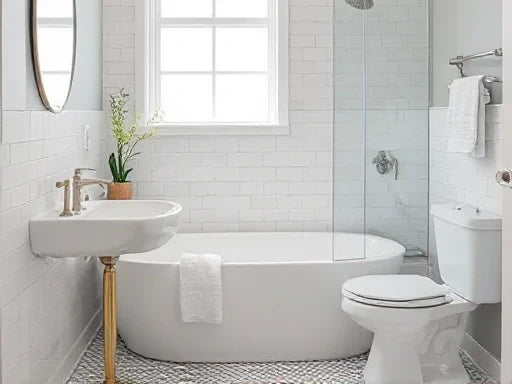
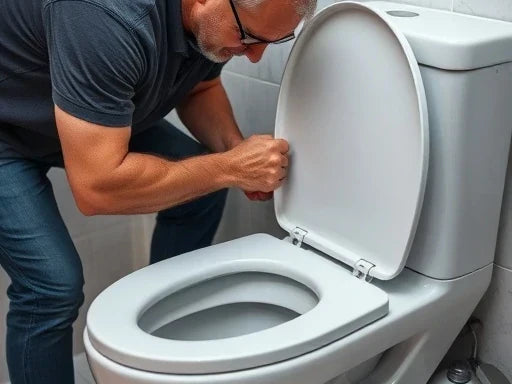
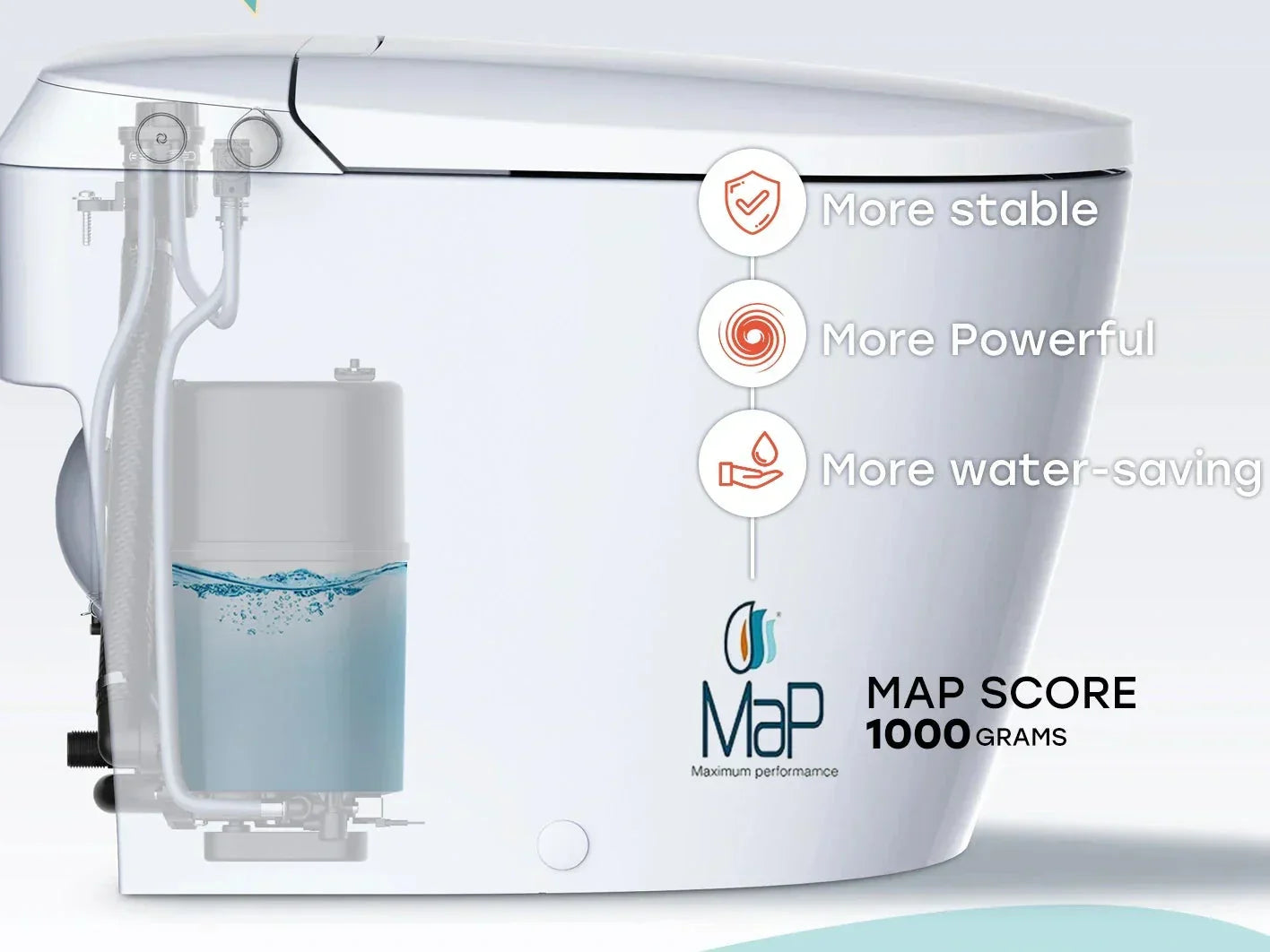

Leave a comment
This site is protected by hCaptcha and the hCaptcha Privacy Policy and Terms of Service apply.